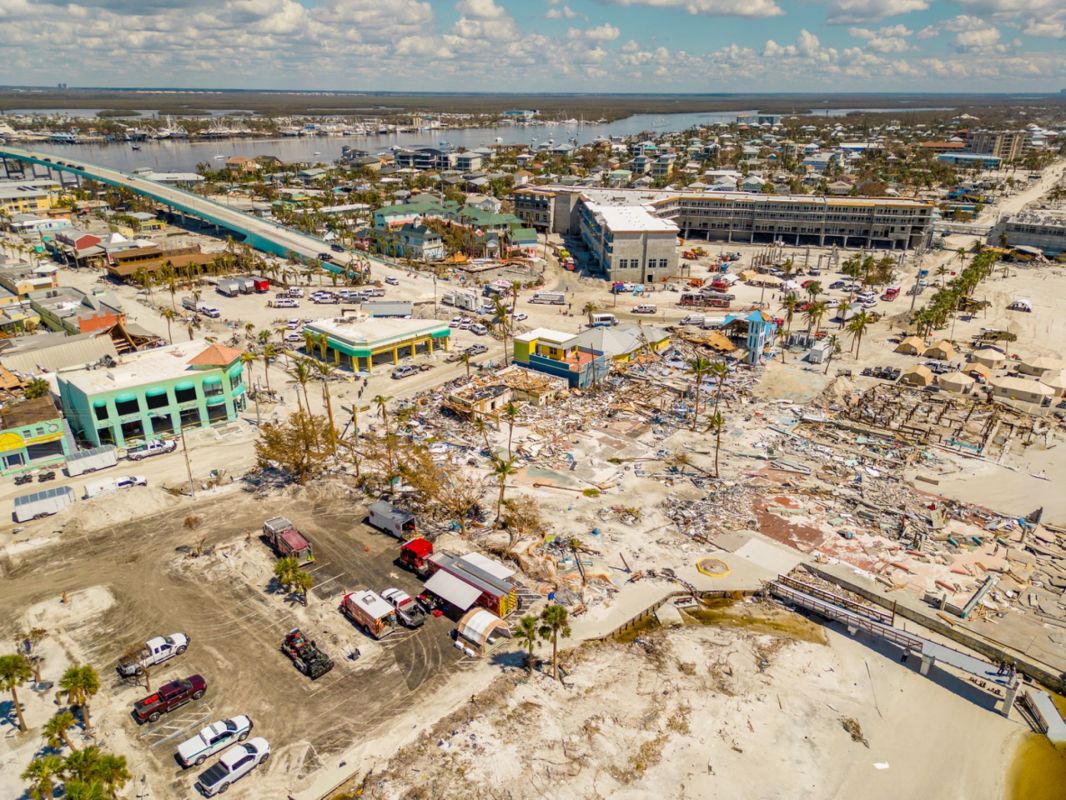Hurricanes and tropical storms have long been bringers of death and destruction. However, a new study focusing on the deaths has shown that as the planet overheats, these storms have become deadlier — and people of color in the United States are dying at a disproportionate rate.
What's happening?
The study published in Science Advances showed that around 20,000 excess deaths — the actual number of observed deaths as opposed to expected deaths — happened in the aftermath of the 179 hurricanes and named storms that made landfall in the U.S. from 1988-2019, as reported by the Guardian.
Unfortunately, 17 of the 20 deadliest storms have occurred in the last 15 years, accounting for over two-thirds of the excess deaths.
Researchers used death registration data spanning four decades to estimate the number of excess deaths after a storm in all areas in the U.S. affected by it. They then broke the data down for every county, year, and storm.
Data measured showed that 93% of excess deaths following hurricanes and 70% after a named storm have happened since 2005. Most have occurred in areas already most prone to tropical storms, like Louisiana, Georgia, Texas, and Florida.
Data measured by the Centers for Disease Control and Prevention's social vulnerability index further showed that only 6% of excess post-storm deaths during the studied range happened in the most advantaged counties, The Guardian reported.
"Cyclones don't hit the whole country," Robbie Parks, assistant professor of environmental health sciences at Columbia University's public health school and lead author of the study, told The Guardian.
"They tend to hit places which have more Black, Indigenous and Latin people who've been historically underserved and overburdened through racism, and it's these socially vulnerable communities who are bearing the brunt of post-cyclone excess deaths."
Why is this concerning?
The acceleration of these deadly storms is due primarily to the human-activity-driven overheating of our planet. The Washington Post reported that most deaths occurred from cyclones after 2004 — a period of rapid overheating.
As our oceans warm, this leads to stronger storms more often, according to Yale Climate Connections. This means the excess death toll will continue to rise.
The Guardian also reported that the study only calculated and accounted for excess deaths in the month of and the month directly following the storms. This means the actual toll from these storms on public health could be much higher.
What must be done to help
The researchers recommended the development of early warning systems for public health issues that consider extreme weather events, better fortifying structures, and using additional resources to help evacuate people safely.
"It's a problem that's not going to go away," Parks told the Post. "We can choose how to allocate our resources to protect the most vulnerable."
Join our free newsletter for weekly updates on the coolest innovations improving our lives and saving our planet.









